This article was written by Yann de Feraudy, President of France Supply Chain by Aslog, an association dedicated to federating, promoting and reflecting on the supply chain of tomorrow.
We touch the limits
We have long believed and acted as if we lived in a world of inexhaustible resources. However, we are reaching the limits: for example, the electrification of the world is going to create enormous tensions in the copper supply chain, with a shortfall of 50.5 million tonnes over the next eight years. Creating recycling channels must be at the heart of new copper supply chains, but not the only one...
We're going to have to learn to work in a world where scarcity management is the norm. According to François-Michel Lambert, " each European consumes twenty tonnes of virgin raw materials per year. The planet has an estimated balance of six to eight tonnes per capita. »
As I wrote here in last march, for an economy that consumes more natural resources than it can renew, the question is less whether we're approaching a dead end than how we can do things "differently" and develop a circular economy and supply chains that will enable us to meet our needs tomorrow.
An emerging but unavoidable topic
We are just beginning to hear about this subject... In this area, I am sometimes haunted by Jacques Chirac's phrase: "The house is burning and we're looking the other way..."Time is running out.
At a time when all we talk about is decarbonization and a commitment to carbon neutrality, without really knowing whether this will actually be achieved, it is increasingly clear that we will reach the limits of certain resources before 2040 or 2050.
In a survey conducted in early 2023 by the magazine 60 millions de consommateurs, only 17% of those polled " connaissaient et savaient expliquer"In the case of their subscribers, this ratio rises to 50%.
While awareness is generally low, it is progressing rapidly among the "informed" public, and this is undoubtedly our opportunity: it is consumers who could finally impose these changes. But we need to prepare ourselves quickly, because the task is so complex and immense that it involves a multitude of fields: product design, technology, economics and regional planning...
The challenge of product design
If we assume that materials and/or parts used in the manufacture of a product can be reused, either during its lifetime or at the end of its life, then to be efficient it is essential to design the product with this in mind, right from the start.
This represents a minor revolution in design methods and approaches: choice of materials, modeling of wear and repair strategies, choice of packaging (material, shape, destination, etc.). In order to control economic parameters in terms of cost price, maintenance costs and handling costs of all kinds.
Dans la parfumerie, par exemple, on préfèrera les pompes (éventuellement mono-matériaux) vissées aux pompes serties qui conduisent à la destruction du flacon et de la pompe.
Data and technology
But that's not all: recovering a part, material or packaging requires specific information about its origin, the people who have already handled it, the number of cycles it has undergone, etc. All this information needs to be shared according to interoperability, traceability, certification and approval standards specific to each industrial sector or channel.
For more information on this article, click on this link.
Voxlog




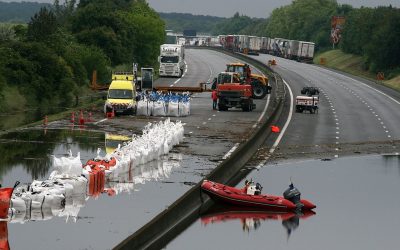


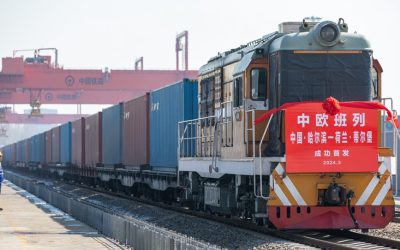

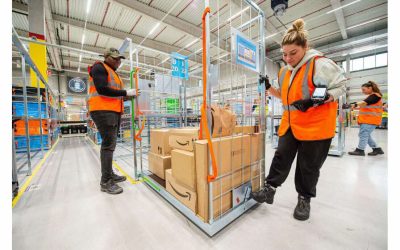





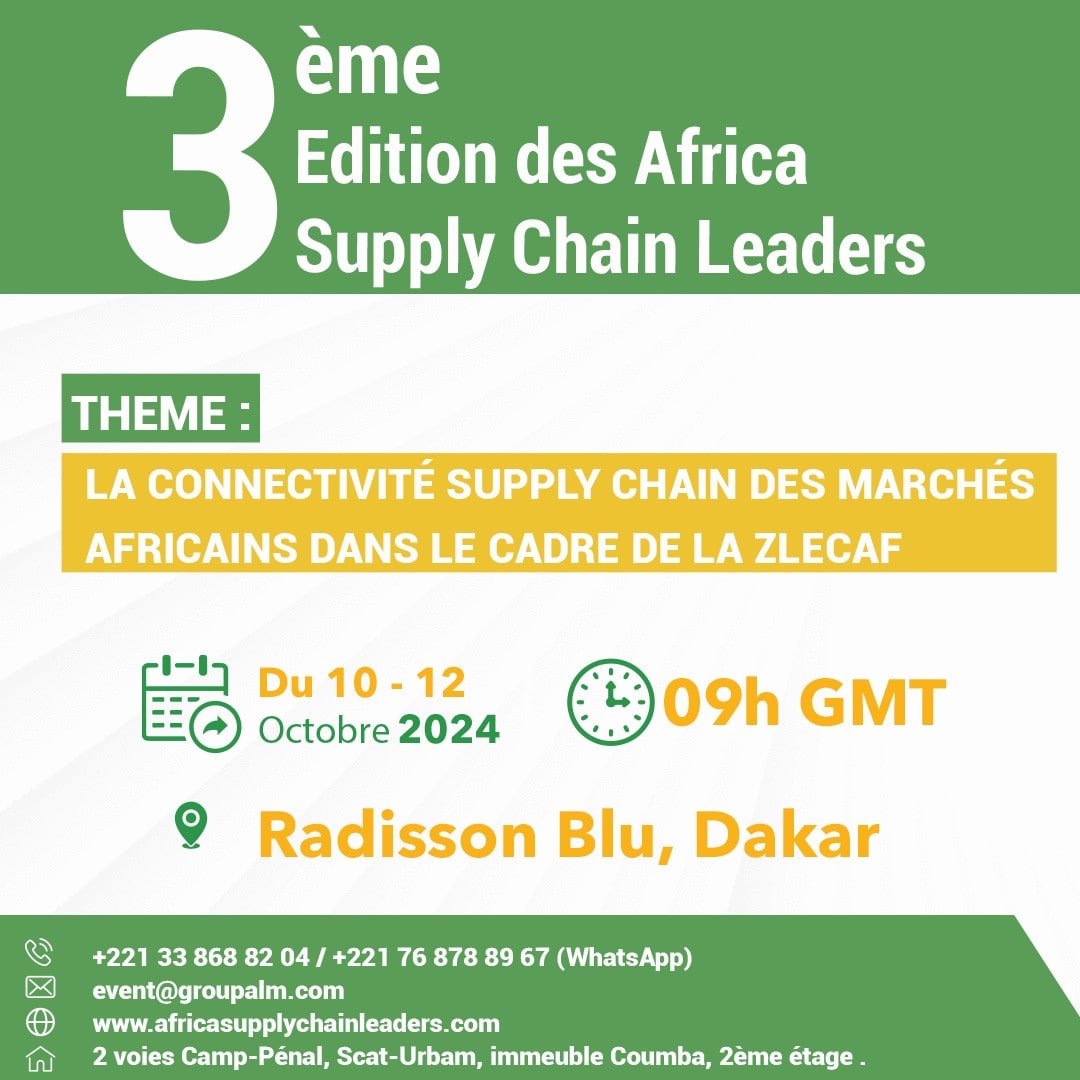
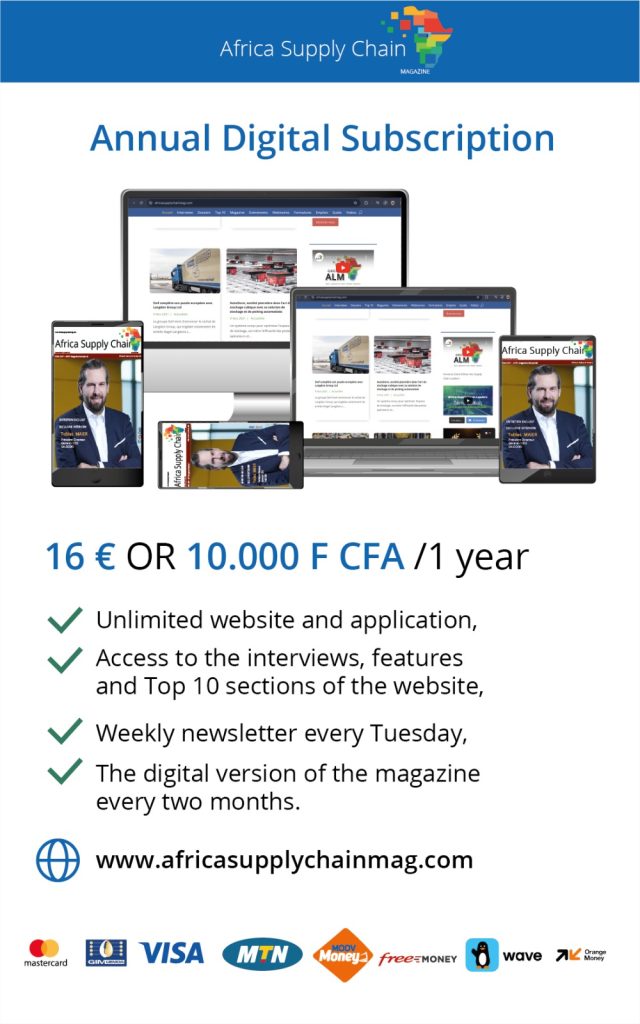


0 Comments